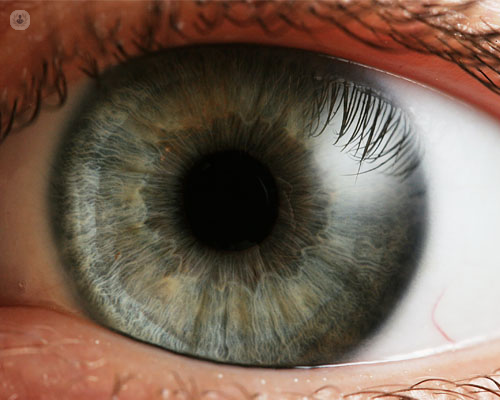Cirugía refractiva con LASIK y PRK
Written by:Refractive surgery by definition is done in an eye that has myopia, farsightedness, astigmatism or presbyopia. If there is a defect such as high pressure, opacity of the lens or a deformed cornea or fine mass, surgery may be contraindicated.The visit to decide whether a person can be operated on with refractive surgery and which technique is chosen can last for an hour or two or even more than one visit may be necessary. A well operated eye almost never gives problems, but by its high sensitivity and optical precision, the surgery has to be exquisite.To correct the defects of graduation we can modify the natural lens of the eye, the cornea (with LASIK or PRK surgery), or add another one to the anterior, posterior chamber (surgery with phakic lenses) or replacing the lens (transparent lens surgery).

Laser surgery with LASIK
Laser surgery with LASIK and PRK is the most frequently performed surgery in the world. The term LASIK is an acronym that comes from Laser Assisted in Situ Keratomileusis, and it means modification of the curve of the anterior face of the cornea with laser. This surgery aims to change the diopters of the cornea and focus the image correctly on the retina.It is not a reversible procedure because the removed tissue can not be re-established. When the energy of the laser volatilizes the molecular bonds of the corneal tissue, during surgery, you can smell a burn but this is within the normal range.If the eye grows after surgery, we may need optical correction for myopia starting again from scratch. It can treat up to 8 diopters of myopia, 6 of astigmatism and 3 of hypermetropia with success. The name of diopters to be treated depends on the thickness and radius of the cornea, and the pupil's measurement in the dark.During surgery the nerves of the cornea are injured and less tear is produced due to lack of stimulation on the surface. Secondary dry eye usually lasts between one and three months but may be more persistent. The amount of tear is then measured with the Schrimer's test after anesthetic. Subsequently, the tear film quality is measured with the BUTT (Break Up Time) test and the fluorescein tear is stained by determining how long the film will take to break.
Laser surgery with PRK
One variant of LASIK is PRK (Photorefractive Keratectomy), removal of corneal tissue with photons for refractive purposes. It is indicated in dystrophies of the epithelial basement membrane, superficial opacities or in people with high risk of corneal traumatisms. The laser is the same but without the microkeratome, the results are the same and the recovery is slower.After the surgery, therapeutic contact lenses may be prescribed.
Follow-up after intervention
These lenses are worn for a few days, not removed at night and serve as a reservoir of medication acting as a transparent protector. Specialists in Ophthalmology consider and l treatment with antiinflammatory eyedrops, artificial tears antibiotics and preservatives is essential to achieve a good result.To avoid moving the lens, avoid rubbing the eyes for 6 weeks after surgery.It is essential to thoroughly clean and make-up before. No one in the laser room can carry perfume, cologne or cosmetics containing alcohol. This evaporates and the laser beam does not reach the cornea because it collides with the air particles: this does not correct all the programmed diopters.In addition, it is very important to maintain the time of the surgery phases to avoid evaporation of water from the cornea as it could cause drying and thinning making the laser have more effect than desired.



